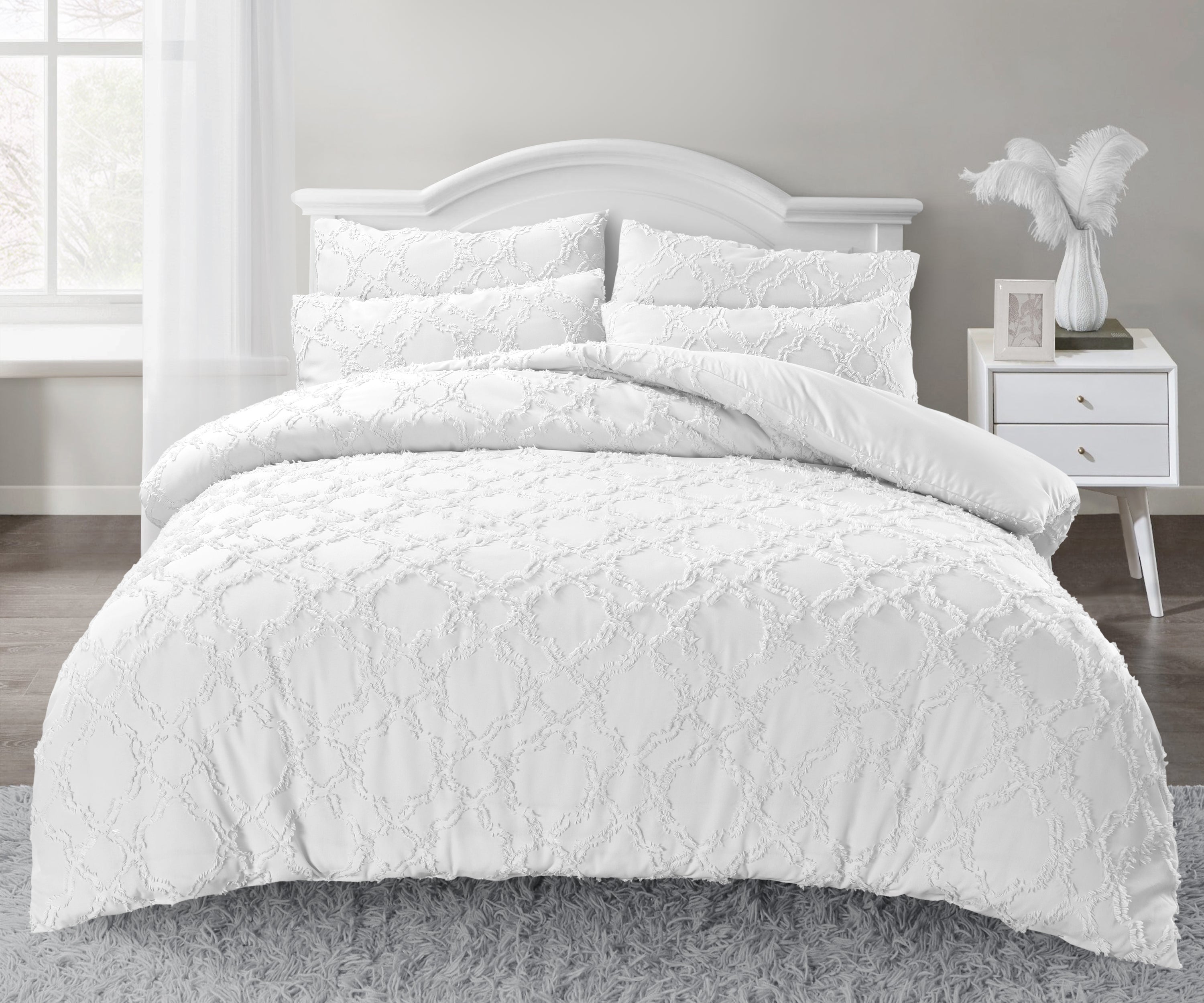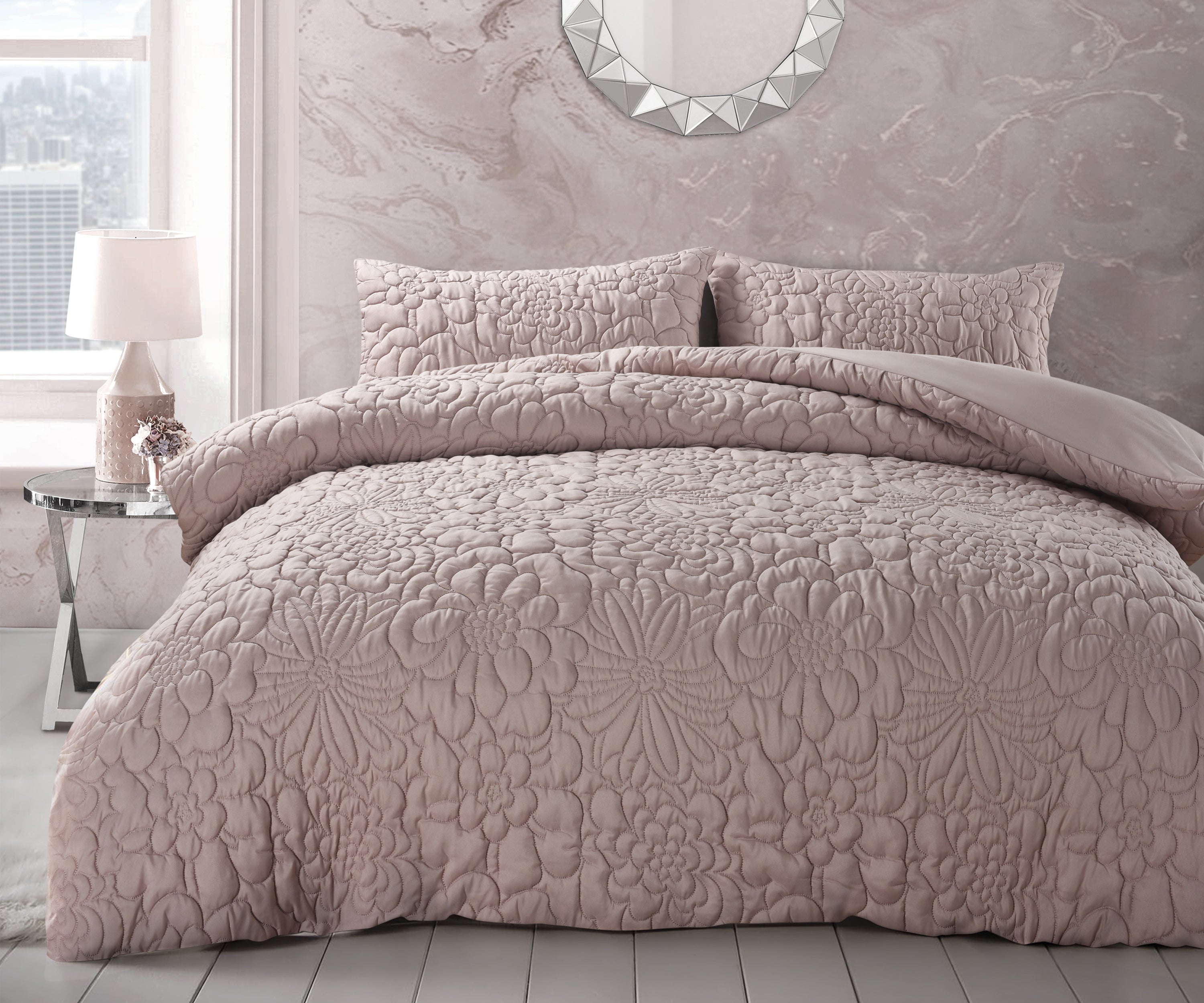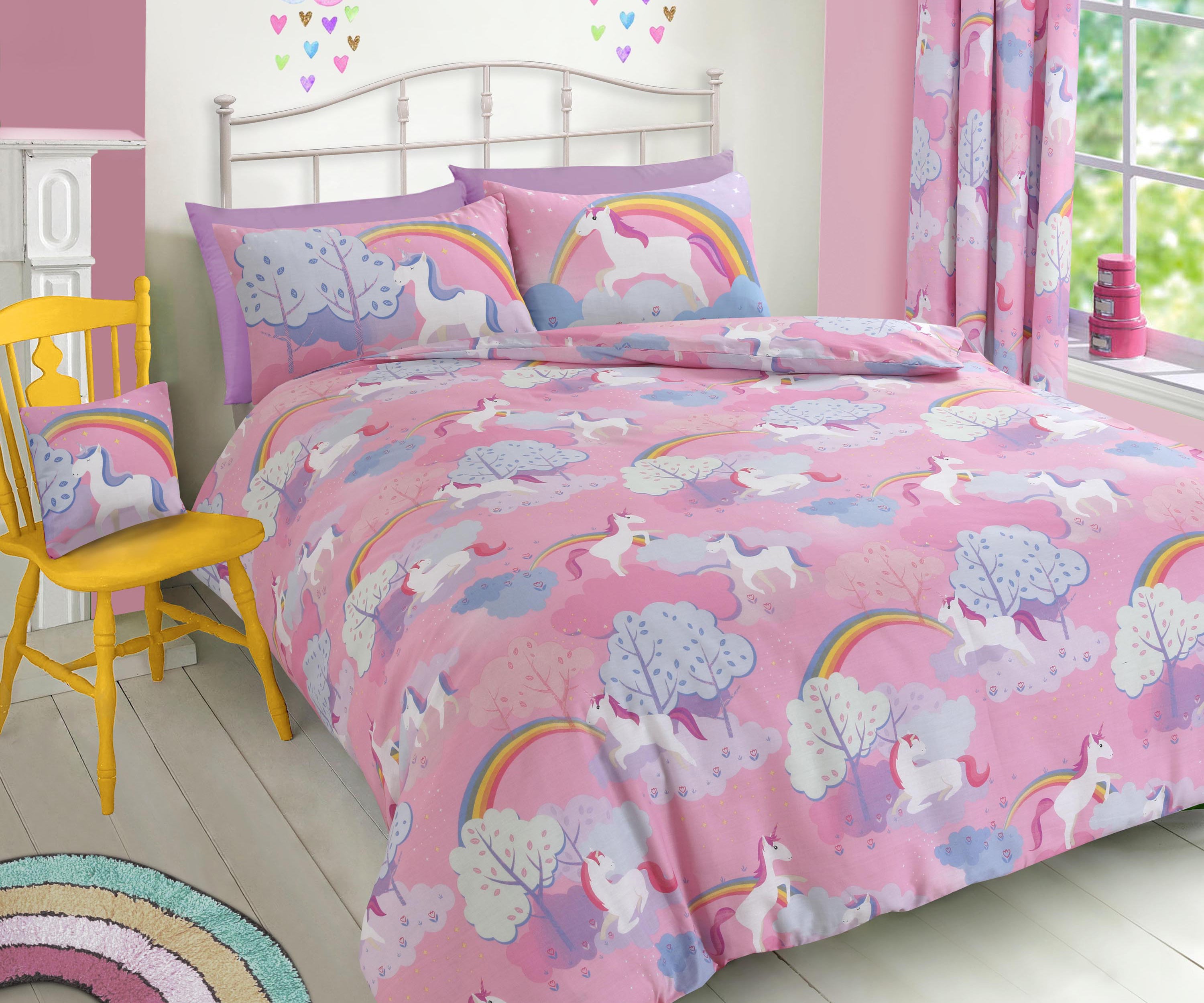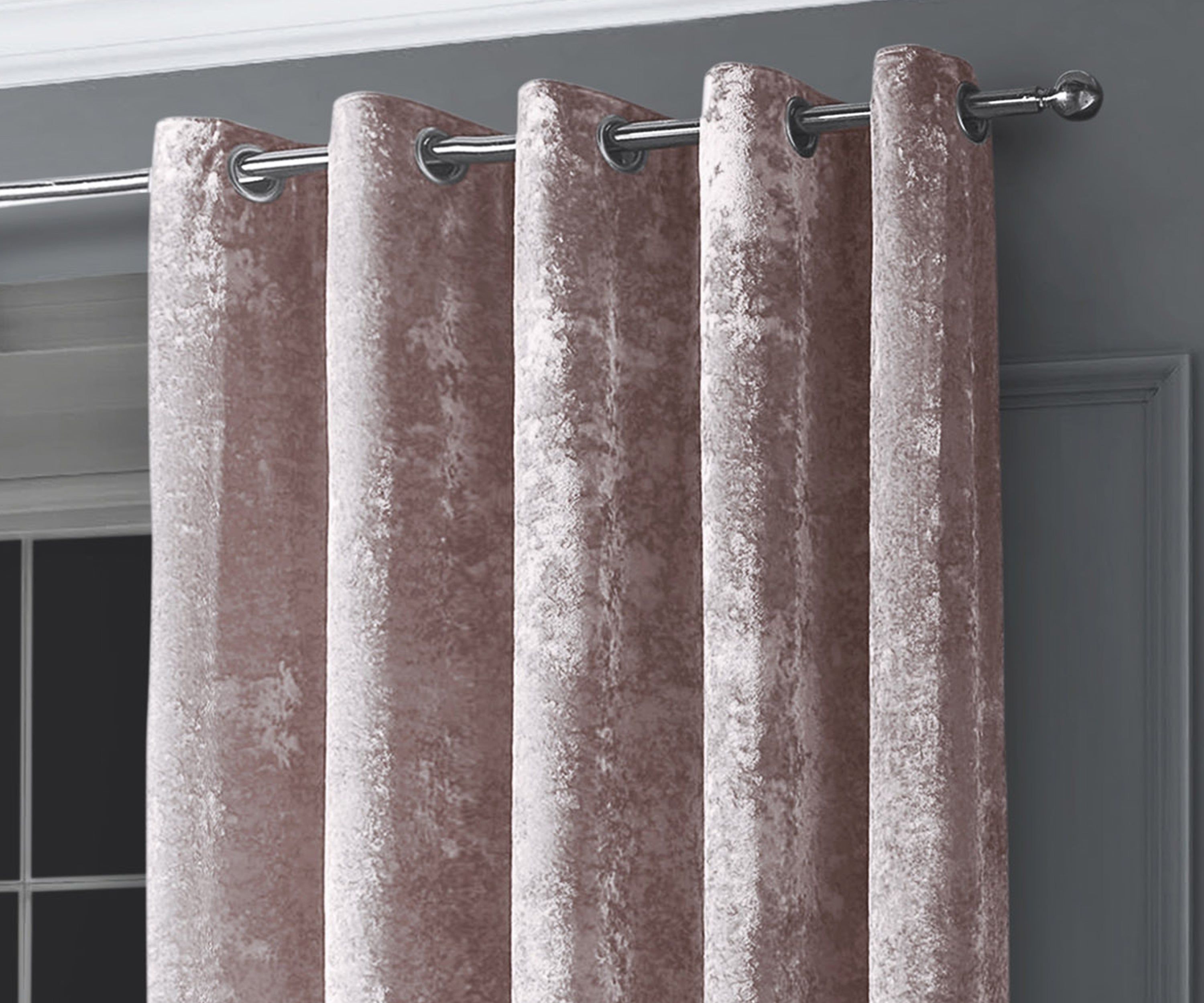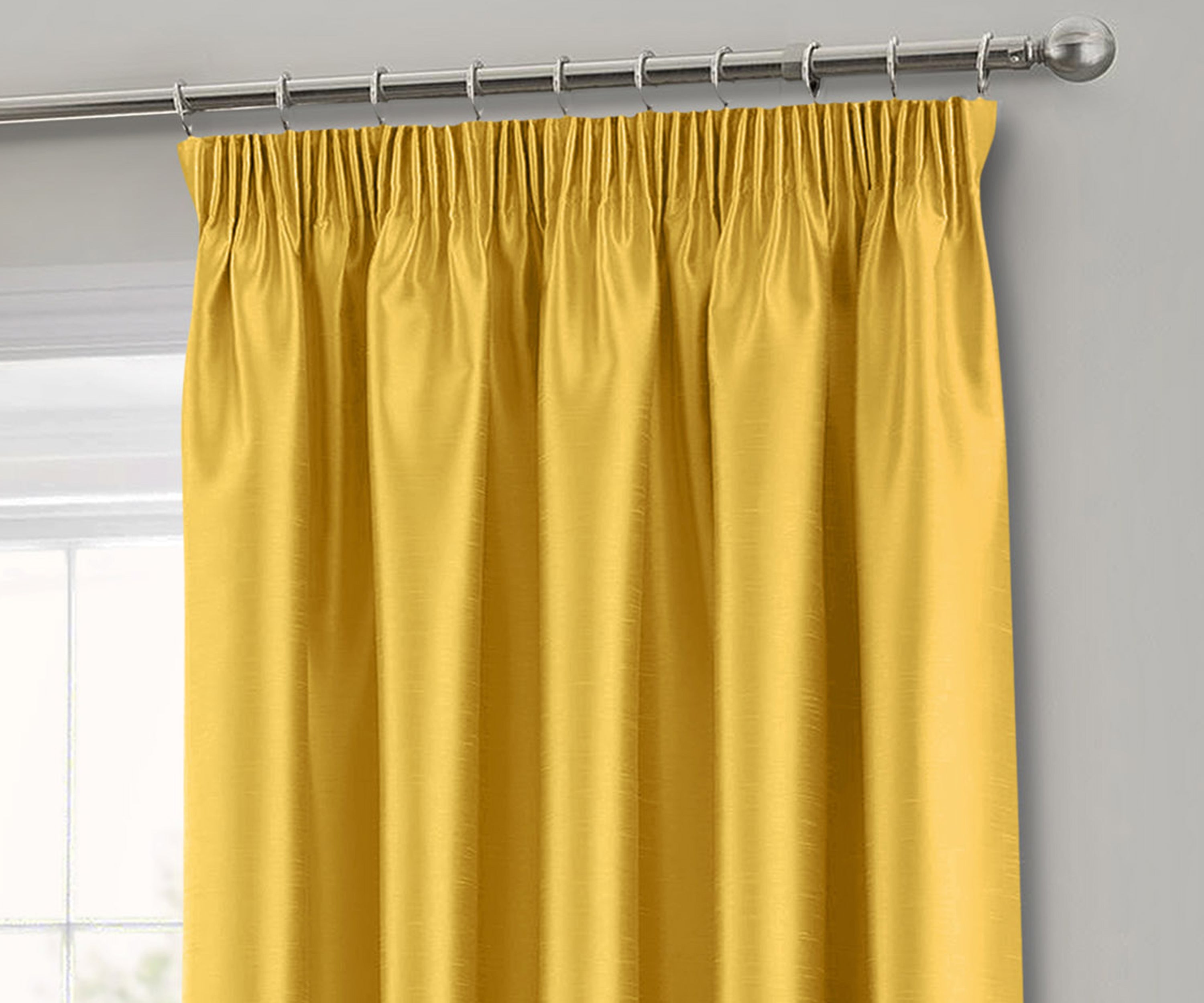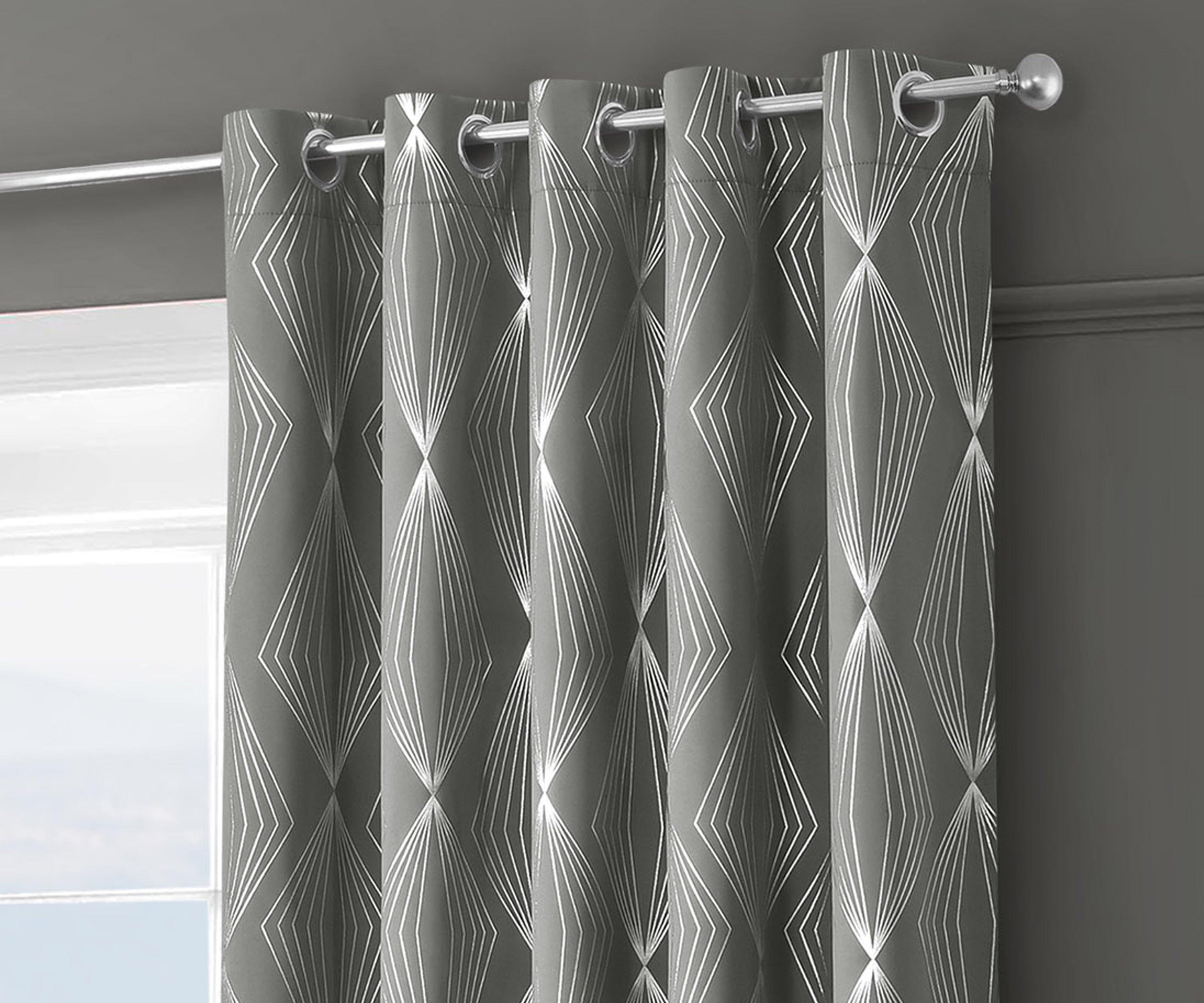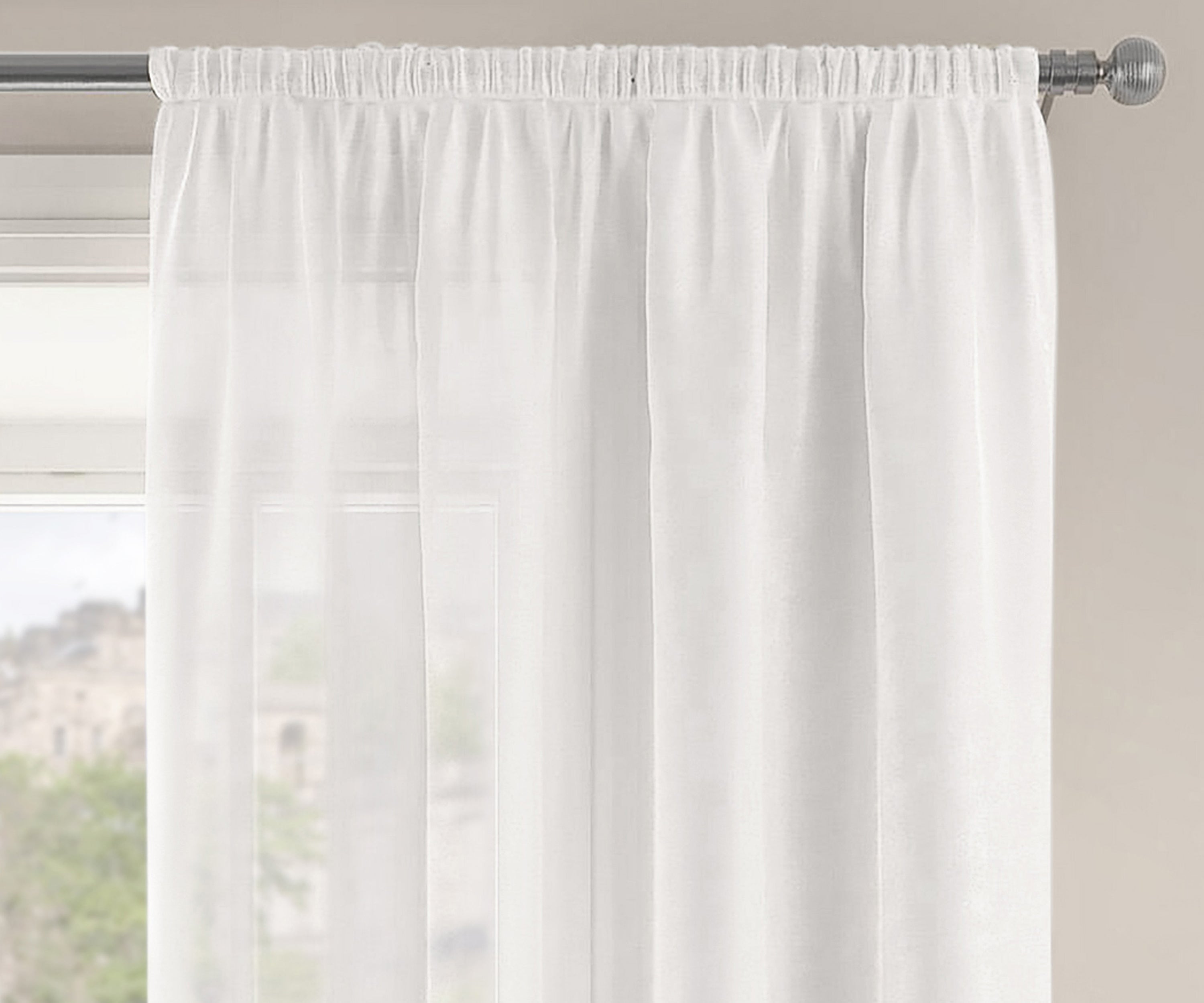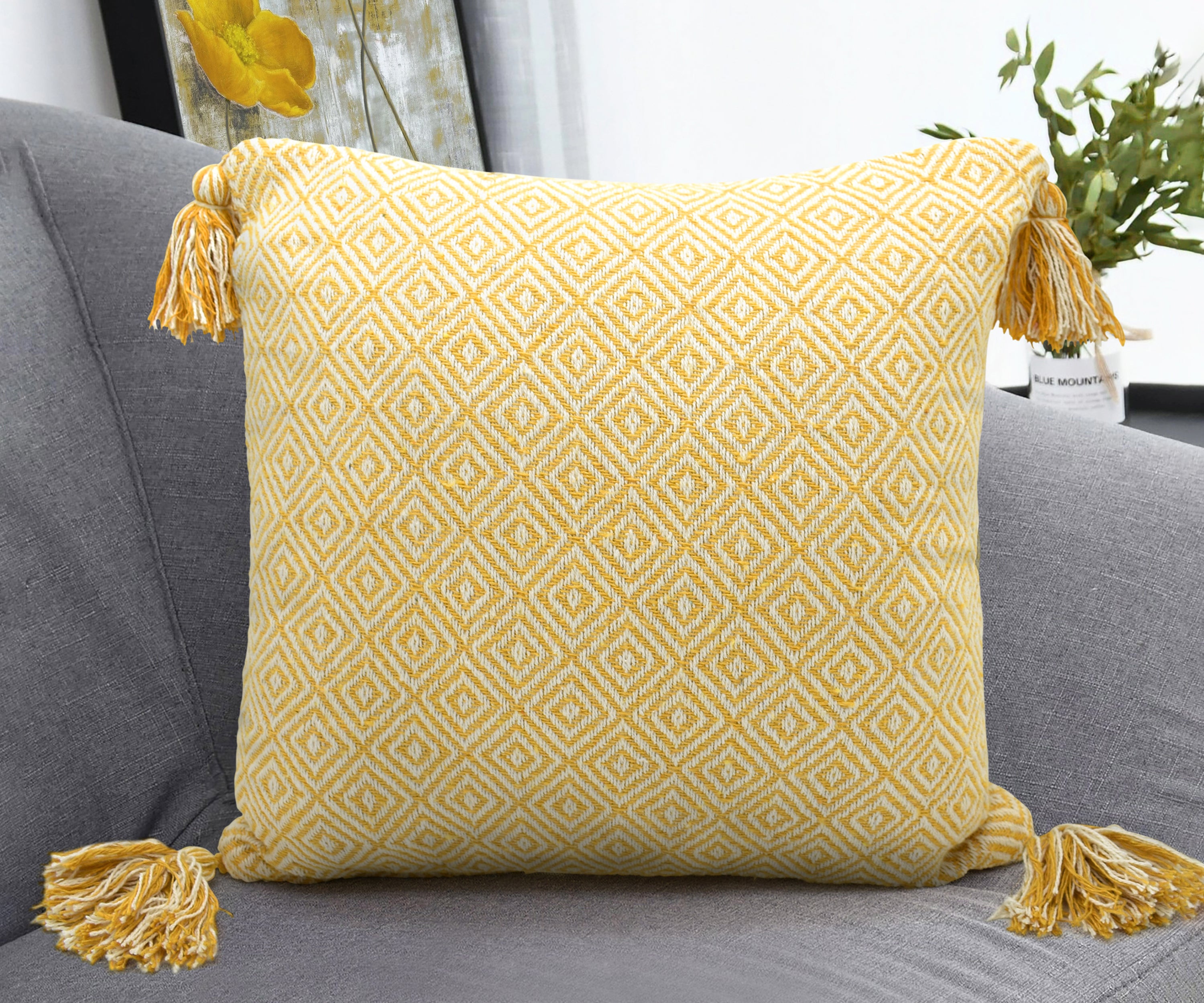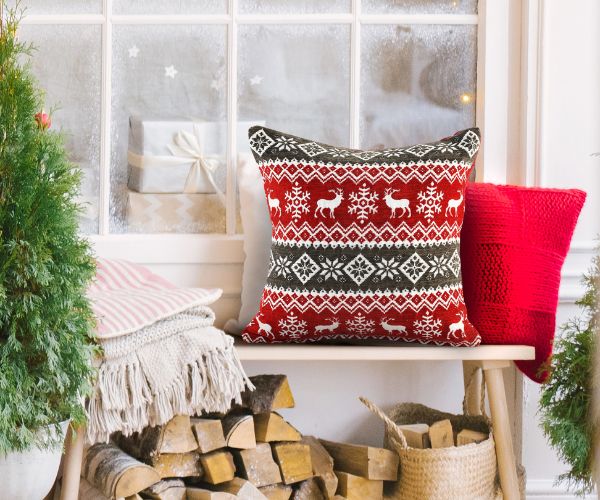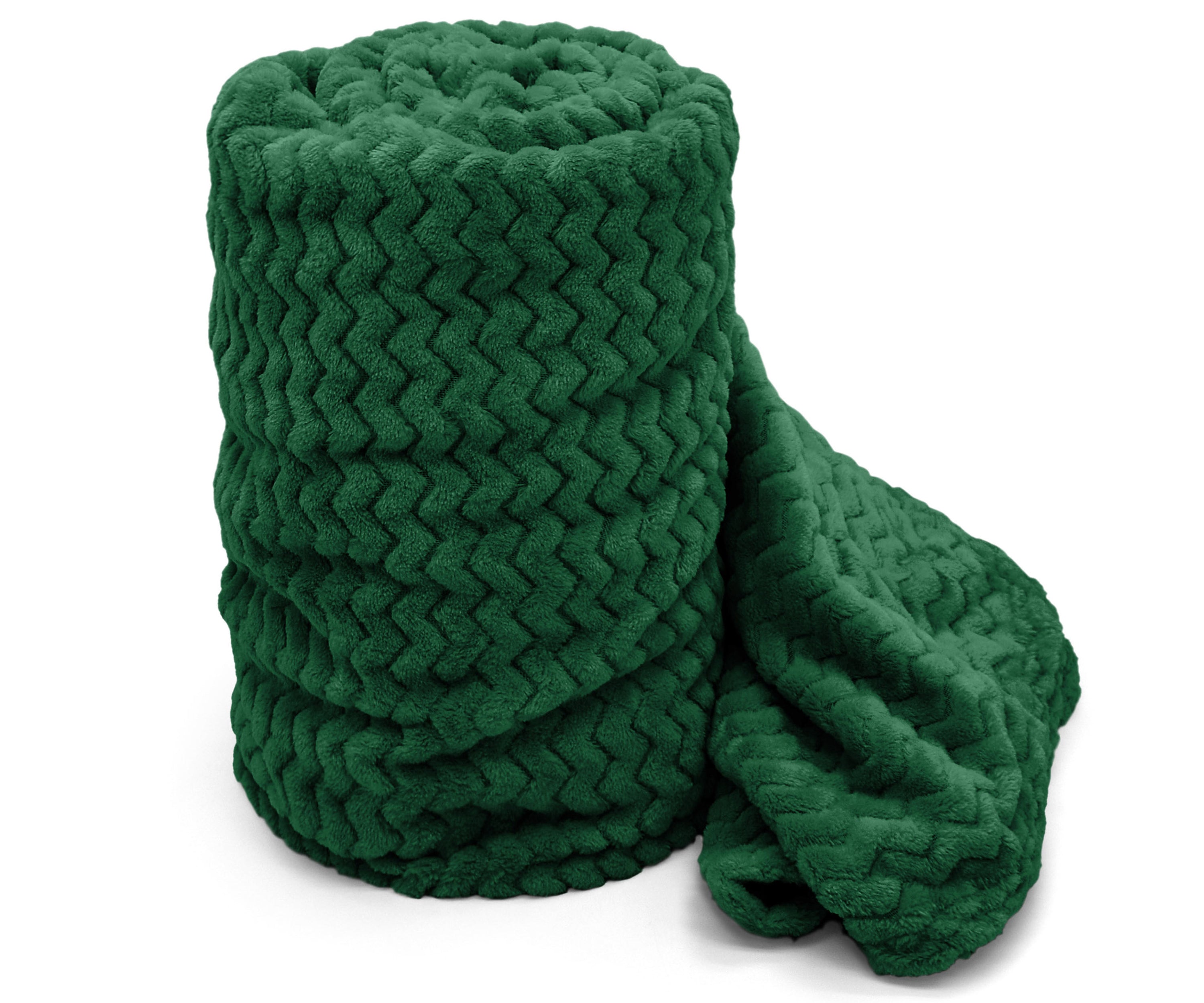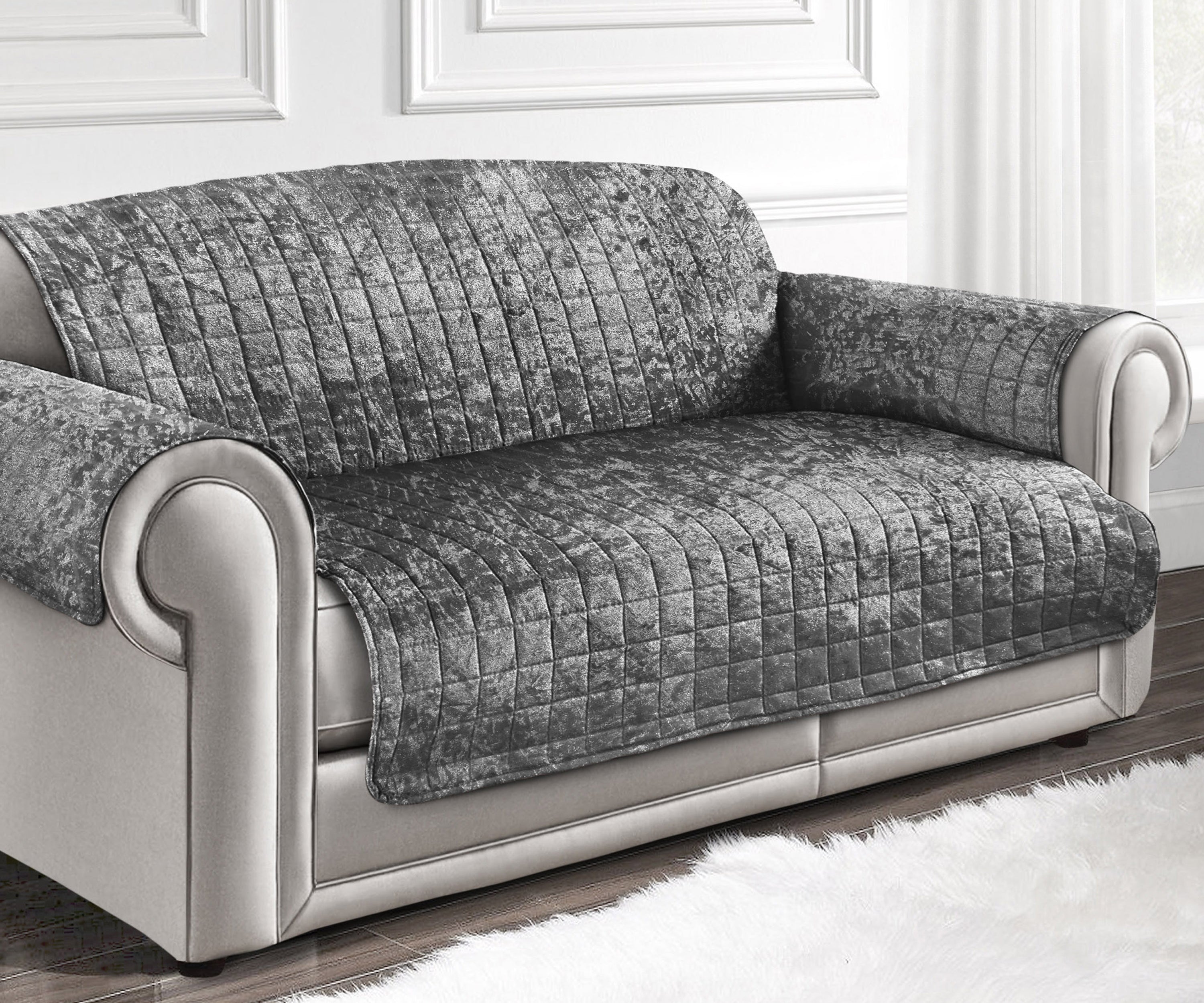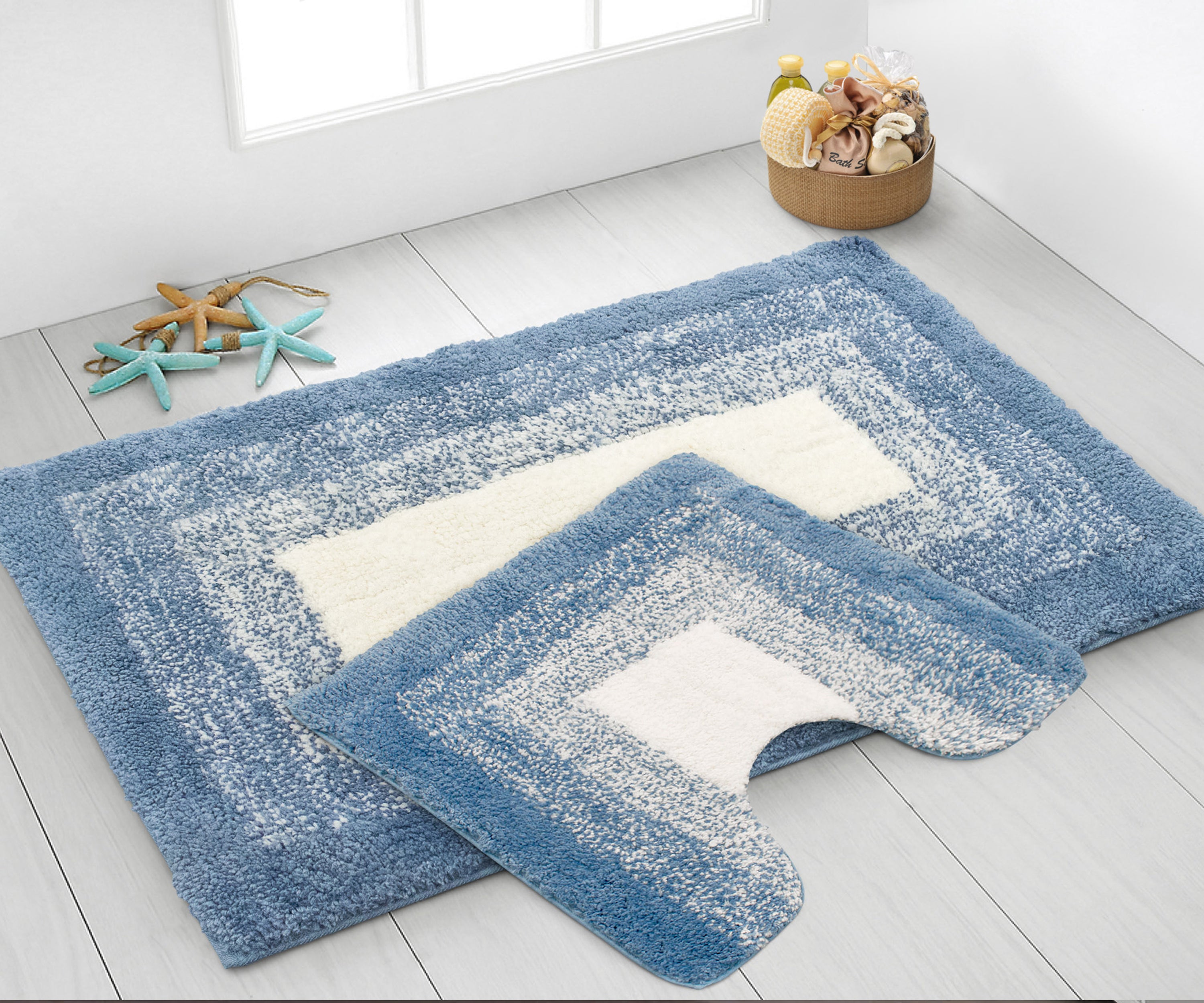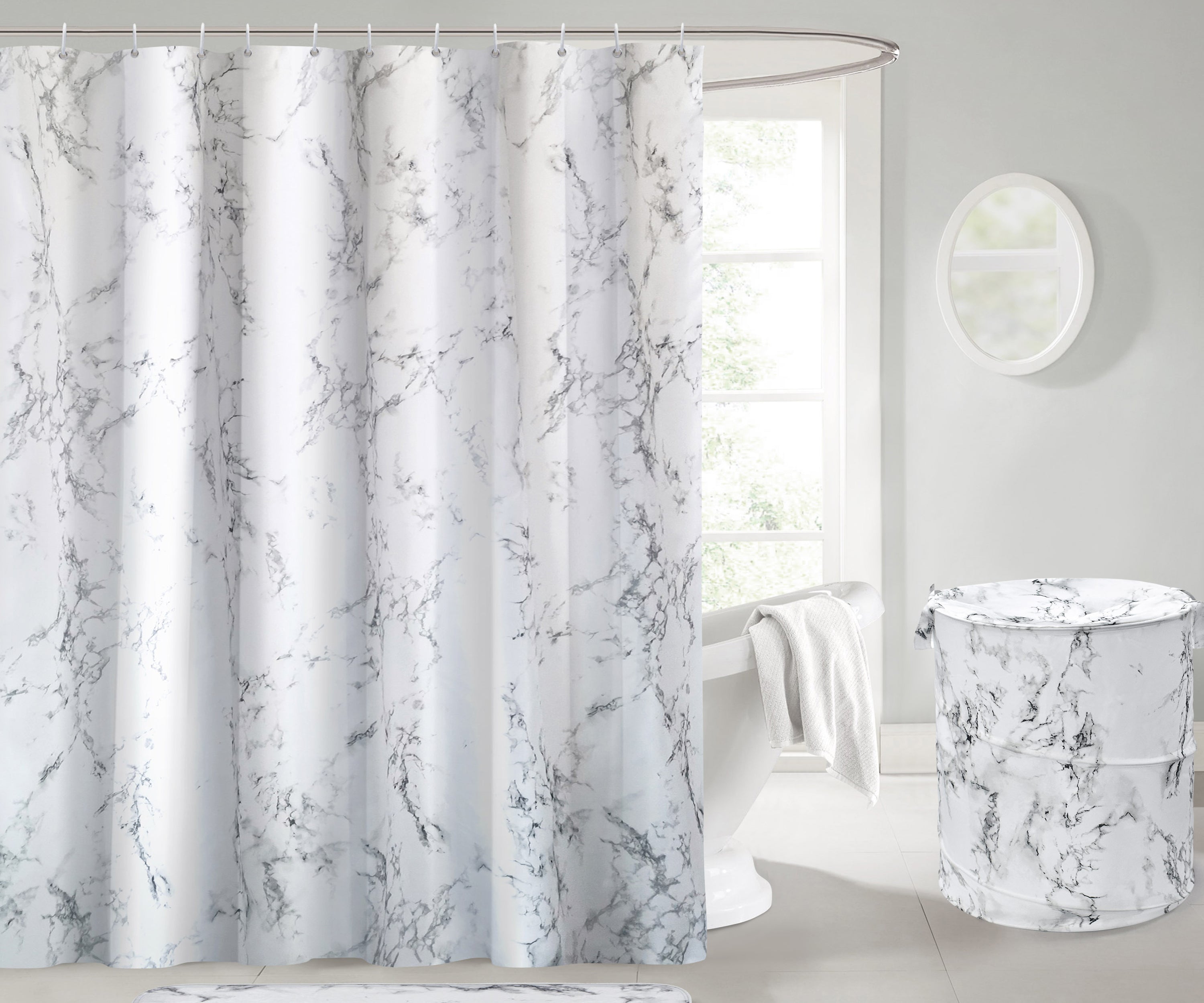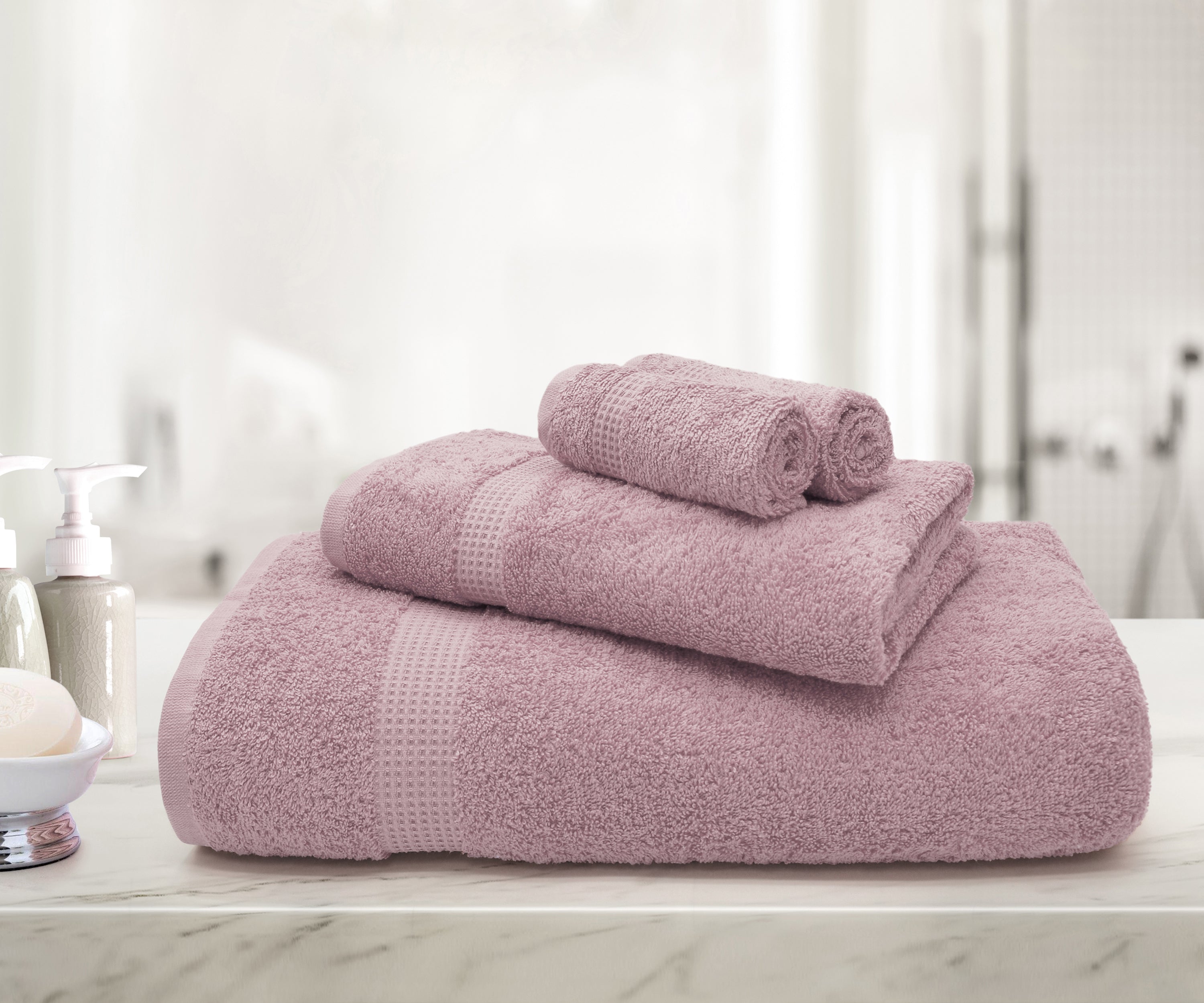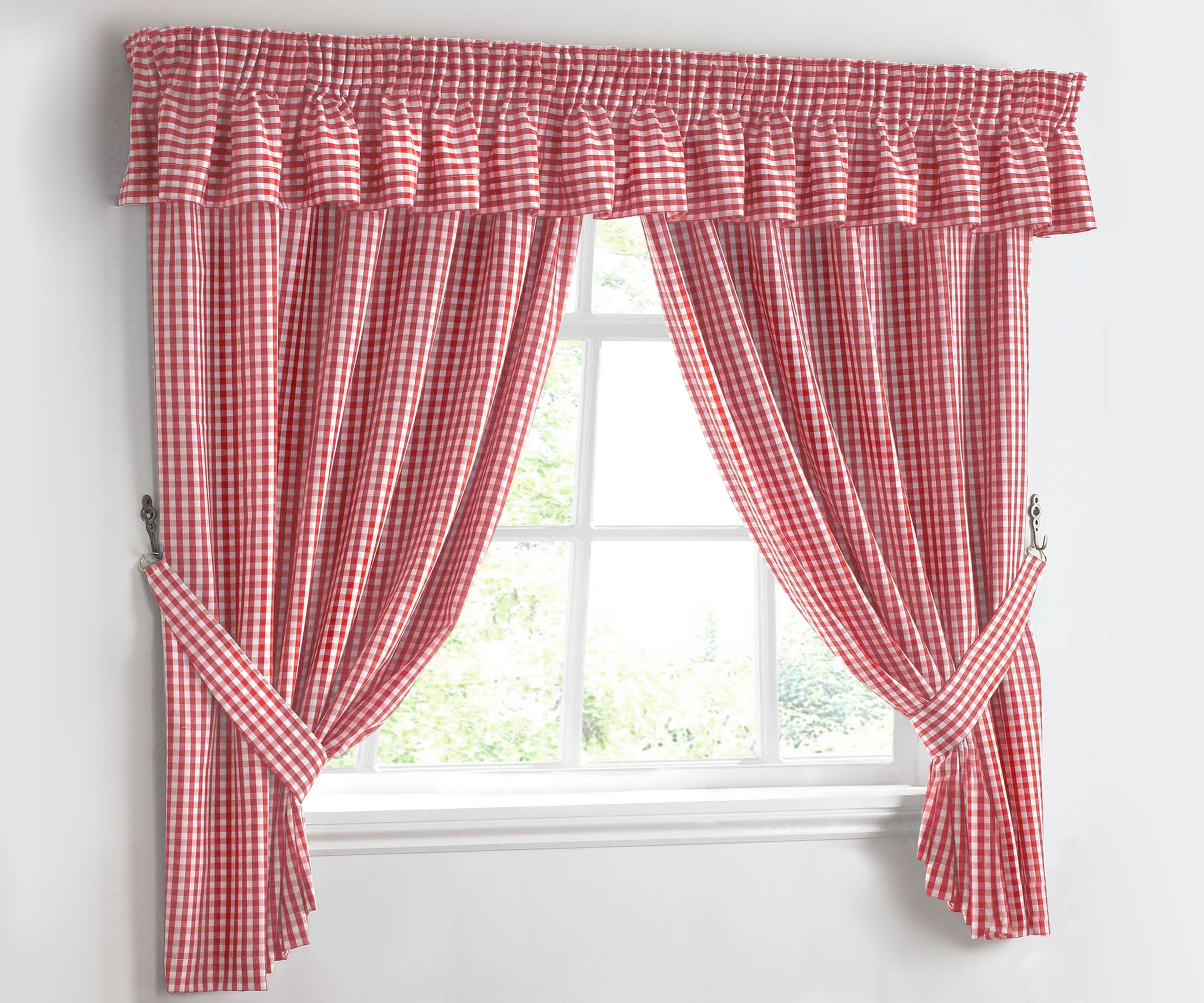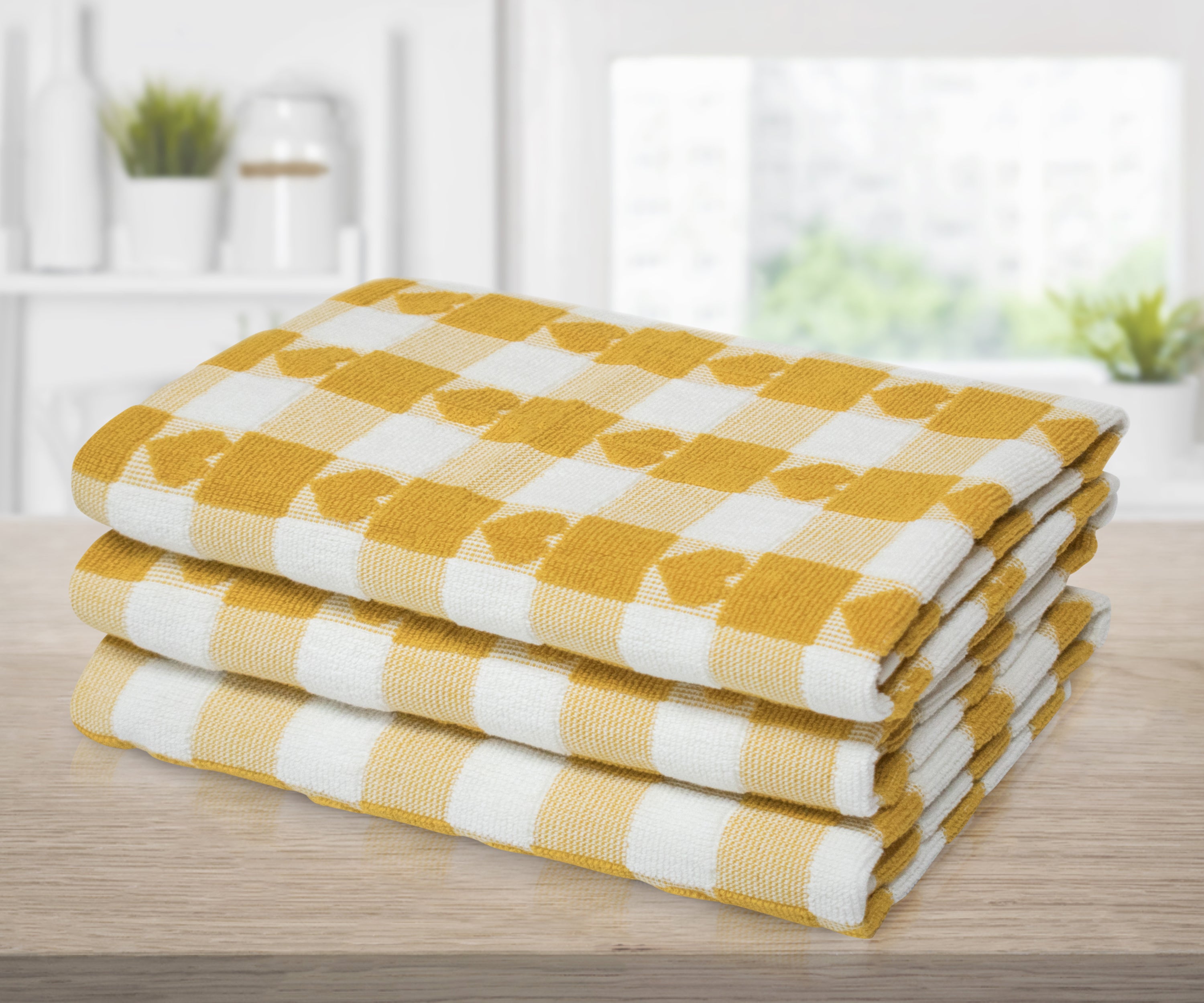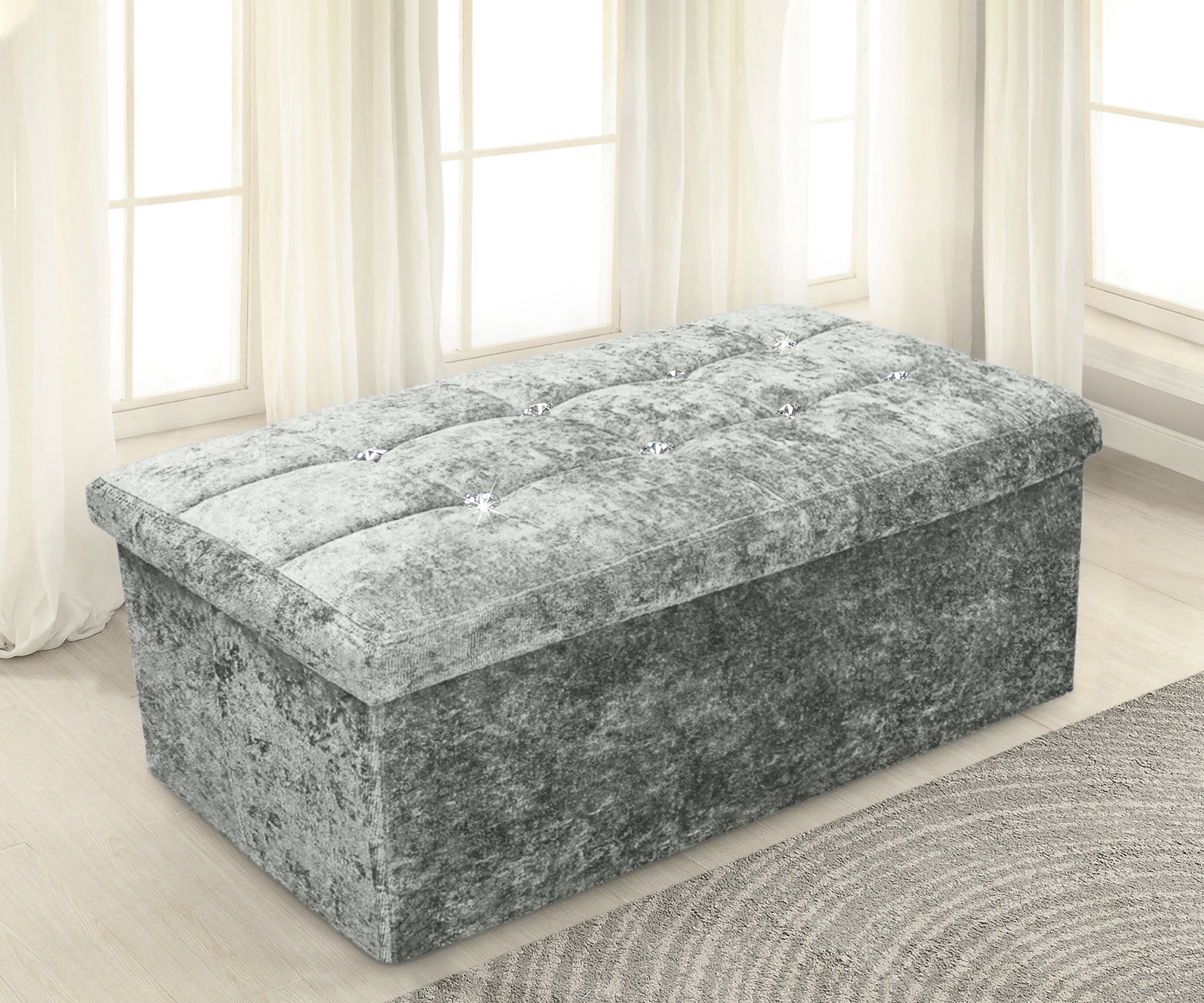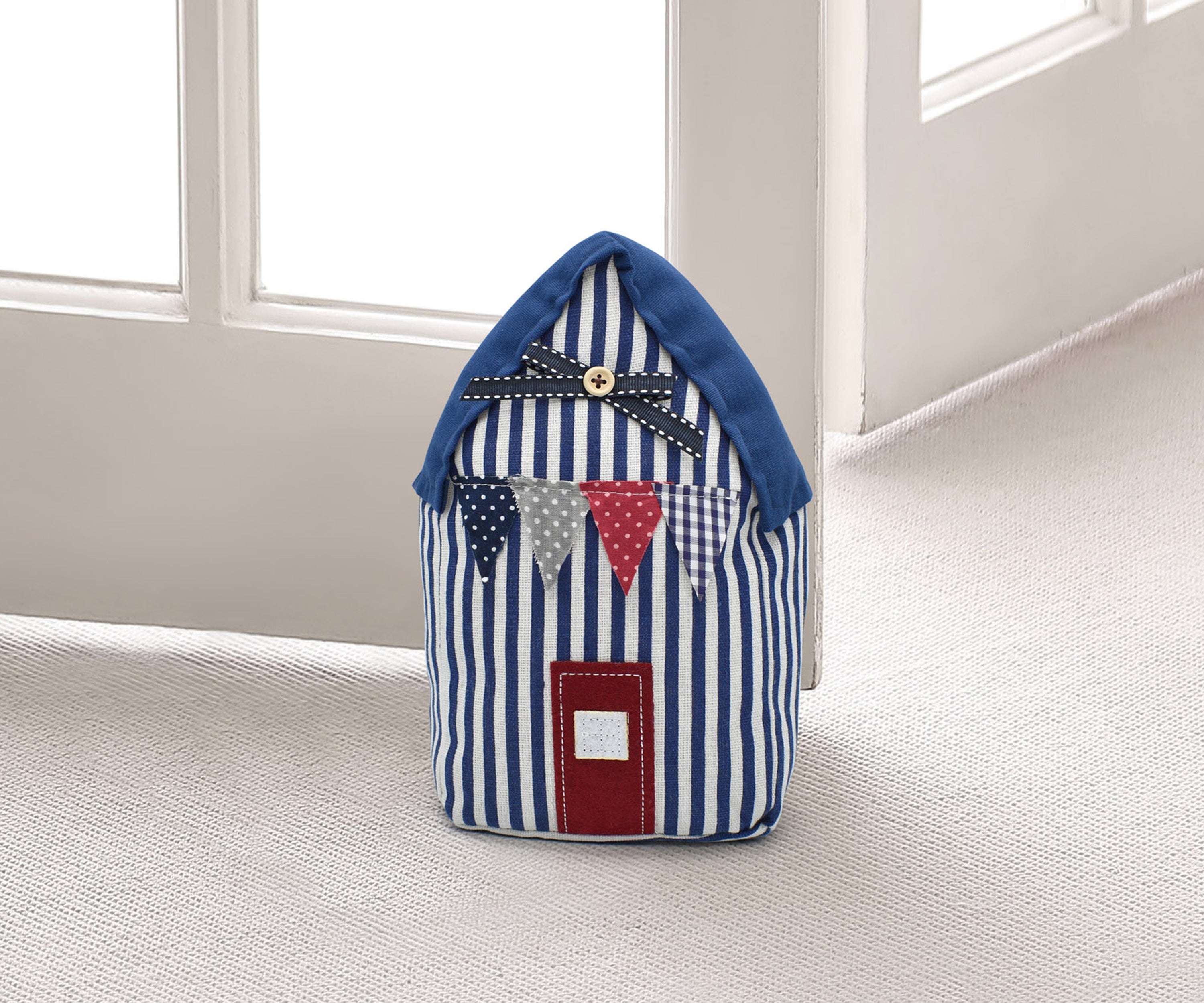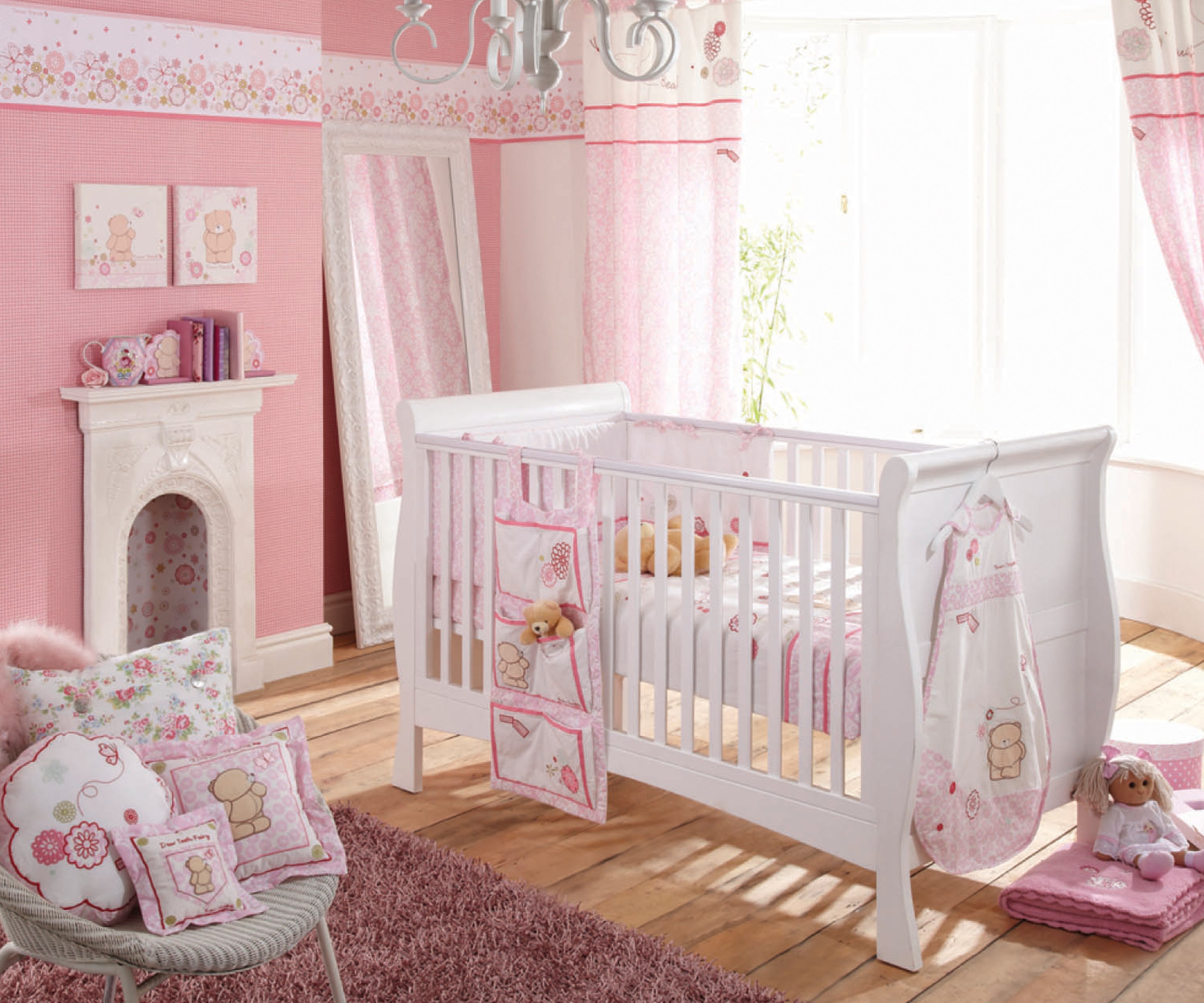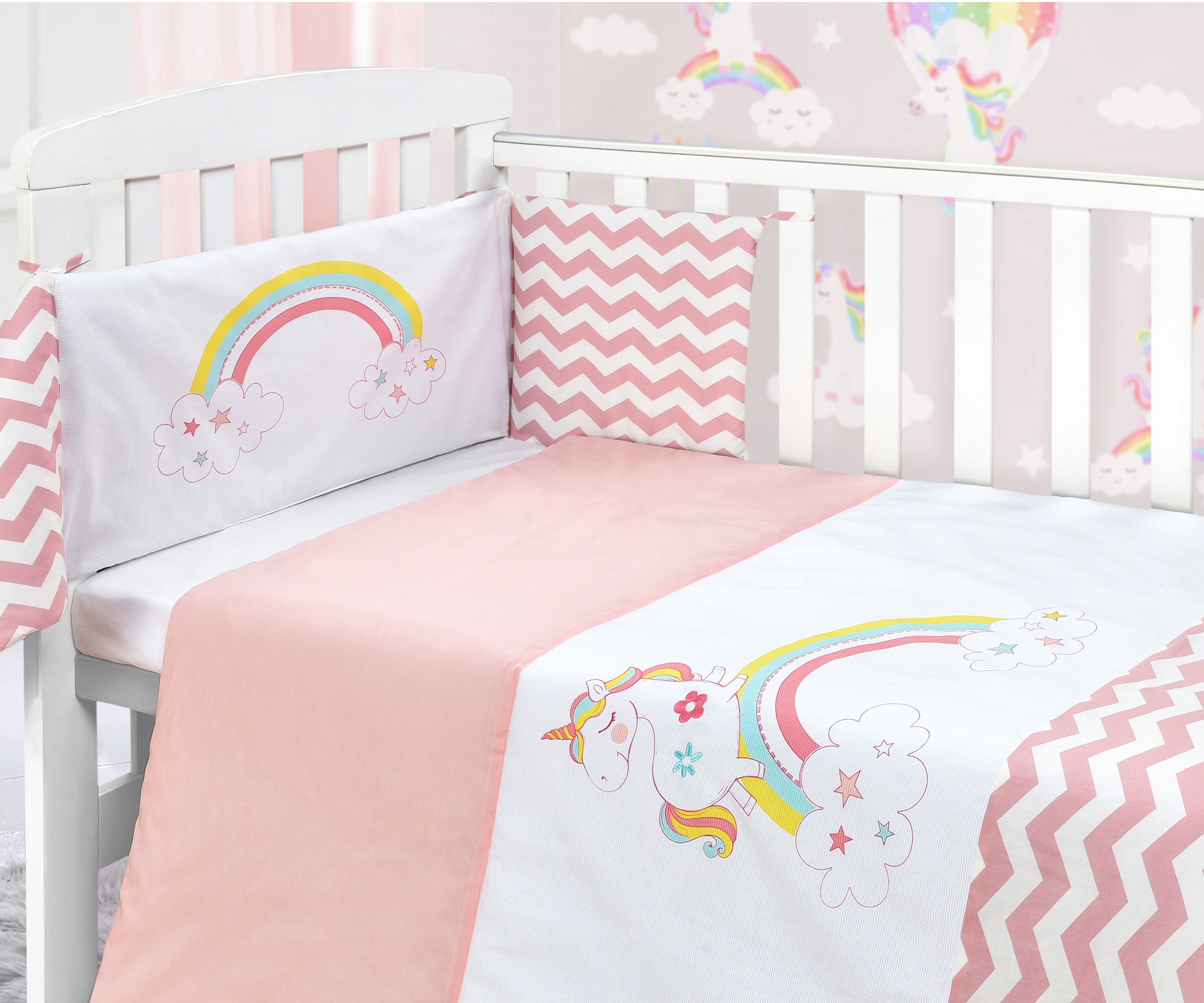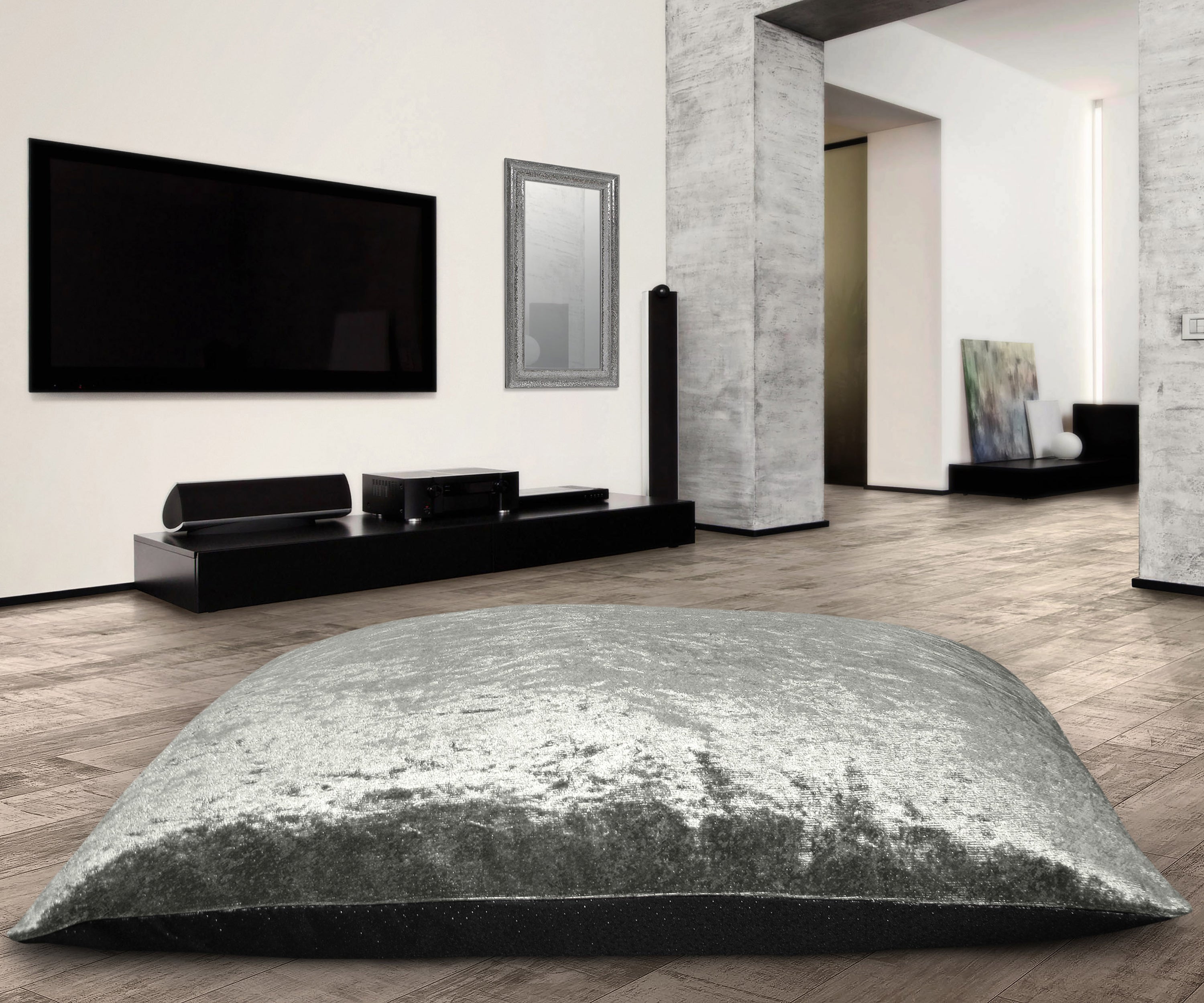A carefully selected rug can breathe new life into any room, adding warmth, texture, and a touch of personality. But with so many options available, buying the perfect rug can feel like a daunting task. In this rug buying guide, we'll walk you through the key aspects of buying a rug. From choosing the right size to understanding the materials and mastering the art of positioning, you'll be equipped with the knowledge to make an informed and inspired decision. So, let's dive into the wonderful world of rugs and discover how to find the rug that will turn your space into a true masterpiece.

What size rug do I need?
Size is one of the most important factors to consider when buying a rug. It's important to choose a rug that is proportionate to the size of the room and the furniture in it. In a larger room, such as your living room, your rug should be large enough to accommodate all of the furniture, with at least 18 inches of bare floor showing around the edges. Smaller rooms might benefit from a rug that doesn't overwhelm the space. For example, in a bedroom, a smaller rug placed at the foot of the bed can add visual interest and serve as a landing spot for bare feet.
You’ll also want to think about how the rug will interact with your furniture. In a living room, a common approach is to choose a rug that's large enough to accommodate all the front legs of your seating furniture, or even one that extends under the entire furniture grouping. This helps anchor the space and creates a unified feel. In a dining room, ensure the rug is large enough to accommodate both the table and chairs, even when they are pulled out.
The key point is that it's essential to maintain a sense of proportion. Avoid rugs that vanish into thin air or ones that scream "look at me" with their enormous size. Find that sweet spot where the rug enhances the room's vibe without stealing the limelight.
What material are rugs made from?
Rugs come in a variety of materials, each with its own unique characteristics and charm. Wool rugs, for example, are soft, durable, and naturally stain-resistant, making them a popular choice. Wool rugs offer excellent insulation, retaining warmth in the winter and providing a cool surface in the summer. Their natural fibres also have a lovely texture and can withstand high traffic areas.
If you're seeking a light and airy vibe, cotton rugs are here to sweep you off your feet. These rugs are soft, affordable, and easy to clean, making them ideal for spaces that require frequent washing. On the other hand, if you’re looking for durability and easy maintenance, synthetic rugs are a great choice. Materials like nylon, polyester, and polypropylene offer stain resistance, fade resistance, and exceptional durability. Synthetic rugs come in various styles, patterns and colours, making them versatile for any room.

How do you position a rug?
Positioning a rug is like finding the perfect spot for a piece of art in your room.
In your living room, you have a few options for rug placement. You can go for a traditional approach and centre the rug in front of the main seating area, allowing all the furniture legs to rest on the rug. Another option is to have the front legs of the furniture placed on the rug while the back legs remain off. This creates a more open and spacious feel while still connecting the elements visually. If you have a larger room, you can experiment with layering rugs by placing a smaller accent rug on top of a larger one in order to add depth and visual interest.
In your dining room, aim to position the rug under the dining table and chairs. Choose a rug that is large enough to accommodate both the table and chairs, even when they are pulled out. This ensures that the rug stays within the boundaries of the dining set, creating a cohesive and functional space. Make sure there is enough rug space to comfortably slide the chairs in and out without catching on the edges.
In your bedroom, you have a few options depending on your style preferences. One popular approach is to have a large rug that extends beyond the sides and foot of the bed, creating a soft and luxurious landing spot when you step out of bed. Alternatively, you can place smaller rugs on either side of the bed, providing a cosy feel and keeping your feet warm as you get up in the morning.
Finally, in narrow spaces like hallways, a runner rug can add a touch of style and create a welcoming path. Place the runner rug along the length of the space, allowing for a few inches of floor on each side for a balanced look.
Whether you're seeking a statement piece or a subtle accent, a rug has the power to transform your space into a haven of comfort and style. So go forth, explore, and bring home the rug that will truly make your space shine
Related Collections


